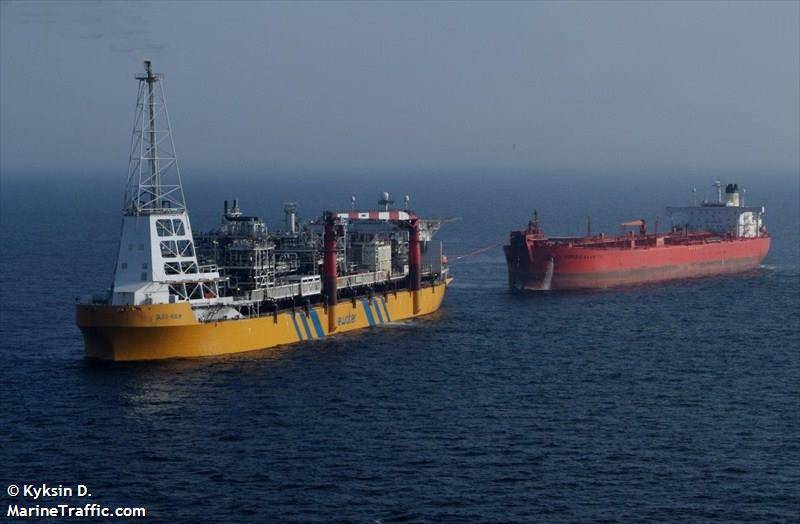Peru’s long-running political disaster has erupted into violence. Scandal embroiled leftist president Pedro Castillo, who sought to upend the conservative institution and many years of neoliberal financial coverage, was ousted from workplace after making an attempt to dissolve congress in an tried coup. Shortly after Castillo was arrested whereas fleeing to the Mexican embassy for asylum, he was charged with conspiracy and insurrection. After Castillo’s deputy Dina Boluarte was sworn in as president, demonstrations swept throughout Peru, claiming at the very least 21 lives and disrupting the Andean nation’s economic system. Roadblocks, vandalism and looting are widespread whereas police stations, prosecutors and tax places of work have been torched. Protesters, a lot of whom are from poor rural and Indigenous communities, are livid over leftist Castillo’s elimination from offic by a Congress lengthy seen as solely representing the pursuits of Peru’s rich minority. These occasions will influence Peru’s beaten-down hydrocarbon sector, which for over a decade has been embroiled in a collection of crises that worsened when Castillo took workplace and threatened nationalization.
Peru’s oil manufacturing has declined sharply because the Nineteen Nineties, with close by Colombia and Ecuador garnering the power funding as soon as destined for the impoverished Andean nation. That is regardless of Peru’s appreciable petroleum potential. Information from authorities licensing company Perupetro reveals an estimated (Spanish) 422 million barrels of confirmed and possible reserves together with 14 billion barrels of oil assets. Throughout November 2022, Peru pumped a mean of 37,875 barrels per day, which, whereas 13% increased than the 33,379 barrels each day produced a month earlier, was flat in comparison with a 12 months earlier. For that interval, pure gasoline output rose for the fourth consecutive month to a file 45 million cubic meters per day, a wholesome 6.8% increased month over month. Manufacturing for the primary 11 months of 2022 reached a mean of 37.4 cubic meters per day in comparison with 31.6 million cubic meters each day for a similar interval a 12 months earlier.
Stronger pure gasoline manufacturing is an particularly vital improvement. Not solely is pure gasoline the transitional fossil gasoline of alternative for a world economic system making an attempt to quickly decarbonize, however it performs a key position in Peru’s power combine with it being an vital gasoline for the Andean nation’s households. That is permitting Peru to make the most of Europe’s power disaster and the resultant increased pure gasoline costs by ramping up liquefied pure gasoline exports. In accordance to Perupetro (Spanish), there have been 46 LNG cargoes exported in the course of the first 11 months of 2022, of which 28 had been destined for Europe. That is in comparison with 32 cargoes for a similar interval in 2021 when solely 14 shipments of LNG had been despatched to Europe. Rising pure gasoline manufacturing can be a vital improvement for Peru as a result of the fossil gasoline supplies 29% of all power consumed domestically, with solely oil being a extra vital supply accounting for 43% of the Andean nation’s power wants.
The outlook for Peru’s embattled hydrocarbon sector is bleak regardless of the Andean nation’s appreciable petroleum potential. A disintegrating social license, notably in Peru’s Amazon, the place a large portion of oil reserves and manufacturing are situated, is weighing closely on trade operations. Protests, blockades, oilfield invasions and the frequent sabotage of the 100,000 barrel per day Norperuano pipeline, which connects the northern Amazon oilfields to the port of Bayovar, invariably results in manufacturing outages. There’s a lengthy historical past of trade operations within the Amazon inflicting environmental degradation, additional accelerating the deterioration of its social license and additional demonstrations. The severity of oil spills and different environmentally damaging incidents within the Amazon is evident from Peru’s Environmental Analysis and Enforcement Company (OEFA -Spanish initials) issuing 73 disciplinary notices and 72 fines in regards to the operation of blocks 192 and 64 during the last decade.
Neighborhood anger towards Peru’s oil trade was magnified by a January 2022 oil spill off the nation’s northern coast. A ruptured undersea pipeline from the Repsol-owned La Pampilla refinery discharged over 10,000 barrels of crude oil into the Pacific Ocean, making a 40 square-mile slick that tarred 25 seashores and endangered three maritime reserves. In response, Peru’s Client Safety Company invoked authorized motion in opposition to Repsol, in search of $4.5 billion in damages. The disaster in Peru’s northern Amazon, due to a scarcity of social license, is so extreme that power corporations are abandoning oil blocks within the area. Amongst them are Block 192, which was handed again to the federal government by Canadian junior Frontera Vitality, whereas Chilean driller GeoPark withdrew from Block 64. Operations are suspended indefinitely on Block 8 the place Pluspetrol Norte is the operator.
With fossil fuels offering 72% of all power utilized in Peru, it’s key for the nationwide authorities to advertise the event of the hydrocarbon sector to stop an power disaster. That is notably the case as a result of Peru’s oil manufacturing solely accounts for a seventh of the petroleum consumed domestically, forcing the nation to depend on imports. Peru sources most of its oil from neighboring Ecuador. The U.S., which exported $400 million of petroleum derivatives to Peru in 2021, is the first supply of refined merchandise. Political ructions in Ecuador during the last three years have sharply impacted that tiny South American nation’s oil manufacturing. Throughout June 2022, anti-government demonstrations compelled state-controlled Petroecuador to declare drive majeure and stop petroleum exports. That highlights the vulnerability of Peru’s oil provide to disruptions past Lima’s management. When coupled with weak home manufacturing and common outages due to neighborhood protests, it underscores the insecurity of the availability of economically essential fossil fuels and the danger of an power disaster.
The newest developments in Peru’s long-running political disaster will roil the nation’s post-pandemic financial restoration, which has been struggling to keep up momentum since 2021. Gross home product for 2022 is anticipated to develop by a modest 2.7%, is under the pre-pandemic common of three%, and the Andean nation’s hydrocarbon sector is incapable of offering an anticipated enhance. If an power disaster emerges due to falling fossil gasoline manufacturing and imports, then the economic system will falter, with GDP progress falling additional. For these causes, Lima should bolster power safety, to keep away from a looming power disaster, by increasing petroleum trade operations, confirmed oil reserves and manufacturing. That merely can’t happen till the present political disaster is resolved and anti-government demonstrations subside.
By Matthew Smith for Oilprice.com
Extra Prime Reads From Oilprice.com:


